HSBC 2002 Annual Report Download - page 53
Download and view the complete annual report
Please find page 53 of the 2002 HSBC annual report below. You can navigate through the pages in the report by either clicking on the pages listed below, or by using the keyword search tool below to find specific information within the annual report.-
 1
1 -
 2
2 -
 3
3 -
 4
4 -
 5
5 -
 6
6 -
 7
7 -
 8
8 -
 9
9 -
 10
10 -
 11
11 -
 12
12 -
 13
13 -
 14
14 -
 15
15 -
 16
16 -
 17
17 -
 18
18 -
 19
19 -
 20
20 -
 21
21 -
 22
22 -
 23
23 -
 24
24 -
 25
25 -
 26
26 -
 27
27 -
 28
28 -
 29
29 -
 30
30 -
 31
31 -
 32
32 -
 33
33 -
 34
34 -
 35
35 -
 36
36 -
 37
37 -
 38
38 -
 39
39 -
 40
40 -
 41
41 -
 42
42 -
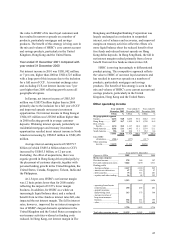 43
43 -
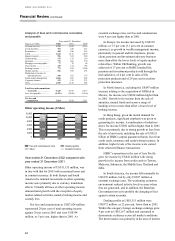 44
44 -
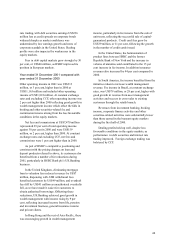 45
45 -
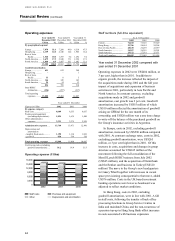 46
46 -
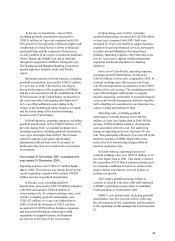 47
47 -
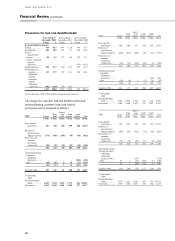 48
48 -
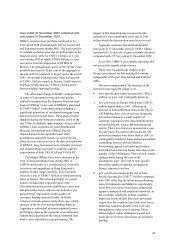 49
49 -
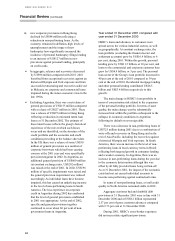 50
50 -
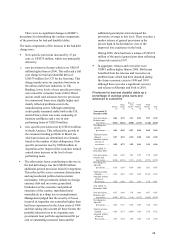 51
51 -
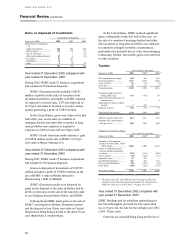 52
52 -
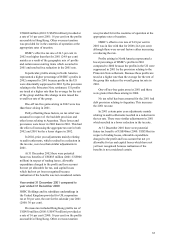 53
53 -
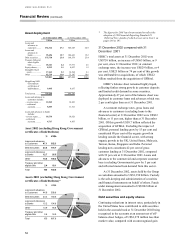 54
54 -
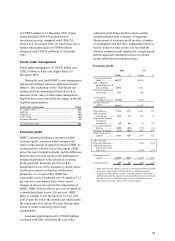 55
55 -
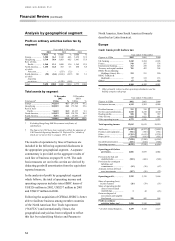 56
56 -
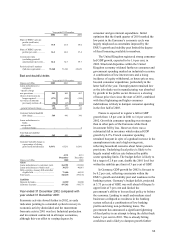 57
57 -
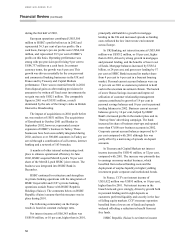 58
58 -
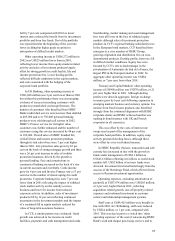 59
59 -
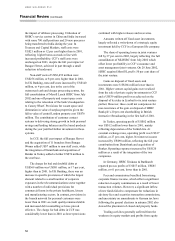 60
60 -
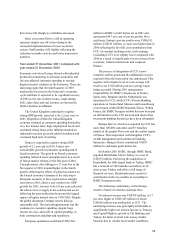 61
61 -
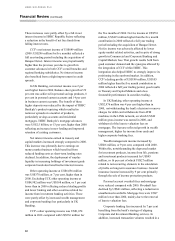 62
62 -
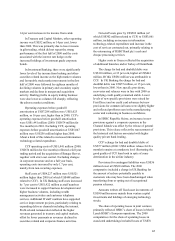 63
63 -
 64
64 -
 65
65 -
 66
66 -
 67
67 -
 68
68 -
 69
69 -
 70
70 -
 71
71 -
 72
72 -
 73
73 -
 74
74 -
 75
75 -
 76
76 -
 77
77 -
 78
78 -
 79
79 -
 80
80 -
 81
81 -
 82
82 -
 83
83 -
 84
84 -
 85
85 -
 86
86 -
 87
87 -
 88
88 -
 89
89 -
 90
90 -
 91
91 -
 92
92 -
 93
93 -
 94
94 -
 95
95 -
 96
96 -
 97
97 -
 98
98 -
 99
99 -
 100
100 -
 101
101 -
 102
102 -
 103
103 -
 104
104 -
 105
105 -
 106
106 -
 107
107 -
 108
108 -
 109
109 -
 110
110 -
 111
111 -
 112
112 -
 113
113 -
 114
114 -
 115
115 -
 116
116 -
 117
117 -
 118
118 -
 119
119 -
 120
120 -
 121
121 -
 122
122 -
 123
123 -
 124
124 -
 125
125 -
 126
126 -
 127
127 -
 128
128 -
 129
129 -
 130
130 -
 131
131 -
 132
132 -
 133
133 -
 134
134 -
 135
135 -
 136
136 -
 137
137 -
 138
138 -
 139
139 -
 140
140 -
 141
141 -
 142
142 -
 143
143 -
 144
144 -
 145
145 -
 146
146 -
 147
147 -
 148
148 -
 149
149 -
 150
150 -
 151
151 -
 152
152 -
 153
153 -
 154
154 -
 155
155 -
 156
156 -
 157
157 -
 158
158 -
 159
159 -
 160
160 -
 161
161 -
 162
162 -
 163
163 -
 164
164 -
 165
165 -
 166
166 -
 167
167 -
 168
168 -
 169
169 -
 170
170 -
 171
171 -
 172
172 -
 173
173 -
 174
174 -
 175
175 -
 176
176 -
 177
177 -
 178
178 -
 179
179 -
 180
180 -
 181
181 -
 182
182 -
 183
183 -
 184
184 -
 185
185 -
 186
186 -
 187
187 -
 188
188 -
 189
189 -
 190
190 -
 191
191 -
 192
192 -
 193
193 -
 194
194 -
 195
195 -
 196
196 -
 197
197 -
 198
198 -
 199
199 -
 200
200 -
 201
201 -
 202
202 -
 203
203 -
 204
204 -
 205
205 -
 206
206 -
 207
207 -
 208
208 -
 209
209 -
 210
210 -
 211
211 -
 212
212 -
 213
213 -
 214
214 -
 215
215 -
 216
216 -
 217
217 -
 218
218 -
 219
219 -
 220
220 -
 221
221 -
 222
222 -
 223
223 -
 224
224 -
 225
225 -
 226
226 -
 227
227 -
 228
228 -
 229
229 -
 230
230 -
 231
231 -
 232
232 -
 233
233 -
 234
234 -
 235
235 -
 236
236 -
 237
237 -
 238
238 -
 239
239 -
 240
240 -
 241
241 -
 242
242 -
 243
243 -
 244
244 -
 245
245 -
 246
246 -
 247
247 -
 248
248 -
 249
249 -
 250
250 -
 251
251 -
 252
252 -
 253
253 -
 254
254 -
 255
255 -
 256
256 -
 257
257 -
 258
258 -
 259
259 -
 260
260 -
 261
261 -
 262
262 -
 263
263 -
 264
264 -
 265
265 -
 266
266 -
 267
267 -
 268
268 -
 269
269 -
 270
270 -
 271
271 -
 272
272 -
 273
273 -
 274
274 -
 275
275 -
 276
276 -
 277
277 -
 278
278 -
 279
279 -
 280
280 -
 281
281 -
 282
282 -
 283
283 -
 284
284 -
 285
285 -
 286
286 -
 287
287 -
 288
288 -
 289
289 -
 290
290 -
 291
291 -
 292
292 -
 293
293 -
 294
294 -
 295
295 -
 296
296 -
 297
297 -
 298
298 -
 299
299 -
 300
300 -
 301
301 -
 302
302 -
 303
303 -
 304
304 -
 305
305 -
 306
306 -
 307
307 -
 308
308 -
 309
309 -
 310
310 -
 311
311 -
 312
312 -
 313
313 -
 314
314 -
 315
315 -
 316
316 -
 317
317 -
 318
318 -
 319
319 -
 320
320 -
 321
321 -
 322
322 -
 323
323 -
 324
324 -
 325
325 -
 326
326 -
 327
327 -
 328
328 -
 329
329
 |
 |
51
US$408 million (2001: US$450 million) provided at
a rate of 16 per cent (2001: 16 per cent) on the profits
assessable in Hong Kong. Other overseas taxation
was provided for in the countries of operation at the
appropriate rates of taxation.
HSBC’s effective tax rate of 26.3 per cent in
2002 was higher than that for 2001 (24.9 per cent)
mainly as a result of the geographic mix of profits
and certain non-recurring items which occurred in
2001 and resulted in a reduction in the 2001 rate.
In particular, profits arising in North America
represented a higher percentage of HSBC’s profits in
2002 compared to 2001 because profits in the US
were abnormally suppressed in 2001 by the provision
relating to the Princeton Note settlement. US profits
are taxed at a higher rate than the average for the rest
of the group and thus this change in mix raised the
overall tax rate of the group.
One-off tax-free gains arising in 2002 were less
than those arising in 2001.
Partly offsetting these factors, no tax relief was
assumed in respect of the bad debt provision and
other losses relating to Argentina. These losses and
provisions were lower in 2002 than in 2001. This had
the effect of increasing the aggregate tax rate in both
2002 and 2001 but by a lesser degree in 2002.
In 2002, prior year adjustments mainly relating
to audit settlements, which resulted in a reduction in
the tax rate, were less than similar adjustments in
2001.
At 31 December 2002 there were potential
future tax benefits of US$885 million (2001: US$906
million) in respect of trading losses, allowable
expenditure charged to the profit and loss account
but not yet allowable for tax, and capital losses
which had not yet been recognised because
realisation of the benefits was not considered certain.
Year ended 31 December 2001 compared to
year ended 31 December 2000
HSBC Holdings and its subsidiary undertakings in
the United Kingdom provided for UK corporation
tax at 30 per cent, the rate for the calendar year 2001
(2000: 30 per cent).
Overseas tax included Hong Kong profits tax of
US$450 million (2000: US$478 million) provided at
a rate of 16 per cent (2000: 16 per cent) on the profits
assessable in Hong Kong. Other overseas taxation
was provided for in the countries of operation at the
appropriate rates of taxation.
HSBC’s effective tax rate of 24.9 per cent in
2001 was in line with that for 2000 (24.6 per cent)
although there were several factors either increasing
or reducing the rate.
Profits arising in North America represented a
lower percentage of HSBC’s profits in 2001
compared to 2000 because the profits in the US were
suppressed in 2001 by the provision relating to the
Princeton Note settlement. Because these profits are
taxed at a higher rate than the average for the rest of
the group this reduces the overall group tax rate in
2001.
One-off tax-free gains arose in 2001 and these
were greater than those arising in 2000.
No tax relief has been assumed for the 2001 bad
debt provision relating to Argentina. This increases
the 2001 tax rate.
In 2001 certain prior year adjustments mainly
relating to audit settlements resulted in a reduction in
the tax rate. There were similar adjustments in 2001
which resulted in a lower reduction in the tax rate.
At 31 December 2001 there were potential
future tax benefits of US$906m (2000: US$350m) in
respect of trading losses, allowable expenditure
charged to the profit and loss account but not yet
allowable for tax and capital losses which have not
yet been recognised because realisation of the
benefits is not considered certain.
